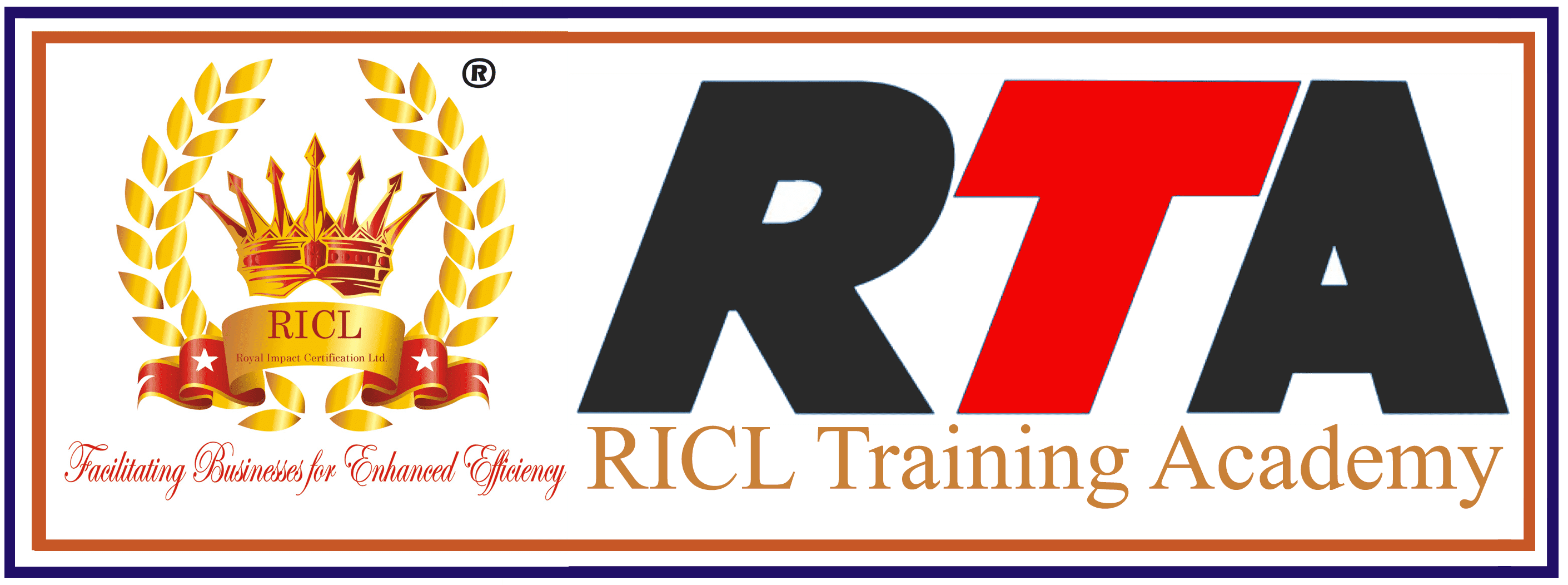
Strategic Planning
Strategic planning is crucial for long-term organizational success. It involves crafting a robust business strategy, aligning goals, making informed decisions, and managing resources effectively. Strategic alignment ensures all efforts contribute to common objectives, fostering collaboration and efficiency. Decision-making relies on data-driven insights, while competitive analysis helps anticipate market trends and opportunities. Effective execution turns plans into action, with risk management mitigating potential challenges. A strategic roadmap provides clarity and direction, guiding teams toward key milestones. Business development initiatives drive growth by identifying new opportunities. In summary, strategic planning is an ongoing process that ensures organizations remain adaptable and competitive in evolving environments.
Who can attend the course?
- Executives and Senior Managers:
- CEOs, COOs, and other executives responsible for setting the strategic direction of the organization.
- Senior managers involved in strategic planning and execution.
- Middle Managers and Department Heads:
- Managers overseeing specific departments or functions within the organization.
- Individuals responsible for translating strategic plans into actionable initiatives within their areas of responsibility.
- Strategic Planning Teams:
- Members of cross-functional teams tasked with developing and implementing strategic plans.
- Entrepreneurs and Business Owners:
- Small business owners and entrepreneurs wanting to develop strategic plans to guide their business growth.
- Anyone Interested in Strategic Planning:
- Individuals seeking to enhance their understanding of strategic planning principles and practices. By attending this course, participants will gain the knowledge and skills needed to develop and implement effective strategic plans to achieve organizational objectives.
Introduction to Strategic Planning (9:00 AM – 9:30 AM)
- Welcome and Course Objectives
- Overview of Strategic Planning and its Importance
- Key Components of a Strategic Plan
Understanding the External Environment (9:30 AM – 10:30 AM)
- Analysis of External Factors: PESTLE Analysis (Political, Economic, Social, Technological, Legal, Environmental)
- Industry Analysis: Porter’s Five Forces Framework
- Identifying Opportunities and Threats
Break (10:30 AM – 10:45 AM)
Assessing Internal Capabilities (10:45 AM – 12:00 PM)
- Internal Analysis: SWOT Analysis (Strengths, Weaknesses, Opportunities, Threats)
- Evaluating Organizational Resources, Core Competencies, and Competitive Advantages
- Identifying Areas for Improvement and Capability Gaps
Lunch Break (12:00 PM – 1:00 PM)
Setting Strategic Objectives (1:00 PM – 2:30 PM)
- Defining Mission, Vision, and Values
- Establishing Long-term Goals and Short-term Objectives
- SMART Criteria for Setting Objectives: Specific, Measurable, Achievable, Relevant, Time-bound
Break (2:30 PM – 2:45 PM)
Developing Strategies and Action Plans (2:45 PM – 3:45 PM)
- Choosing Strategic Alternatives: Differentiation, Cost Leadership, Focus, etc.
- Formulating Action Plans: Assigning Responsibilities, Setting Timelines, Allocating Resources
- Aligning Strategies Across Departments and Functions
Implementing and Monitoring the Strategic Plan (3:45 PM – 4:30 PM)
- Implementing the Strategic Plan: Communication, Change Management, and Execution
- Establishing Key Performance Indicators (KPIs) and Metrics for Monitoring Progress
- Regular Review and Evaluation: Adjusting the Plan as Needed
Conclusion and Q&A (4:30 PM – 5:00 PM)
- Recap of Key Concepts Covered
- Open Floor for Questions and Discussion
- Course Feedback and Closing Remarks
By the end of this course, participants will have gained a comprehensive understanding of the strategic planning process and be equipped with the knowledge and tools to develop and implement effective strategic plans for their organizations.
[Form id=”6″]
Royal Impact Certification Clients









CONTACT US
Get in Touch With Us!
Our Services
- Lead Auditor QMS
- Lead Auditor EMS
- Lead Auditor OHSMS
- Internal Auditor QMS
- Internal Auditor EMS
- Internal Auditor OHSMS
- Awareness Auditor QMS
- Awareness Auditor EMS
- Awareness Auditor OHSMS
Contact Info
Royal Impact Certification Ltd. 623 Tower B, iThum
plot no. A 40
Sec 62, Noida 201301
training@ricliso.com
Call us now:
9355650992
9355650993
Copyright © 2023 RICLTrainingAcademyAll rights reserved.

